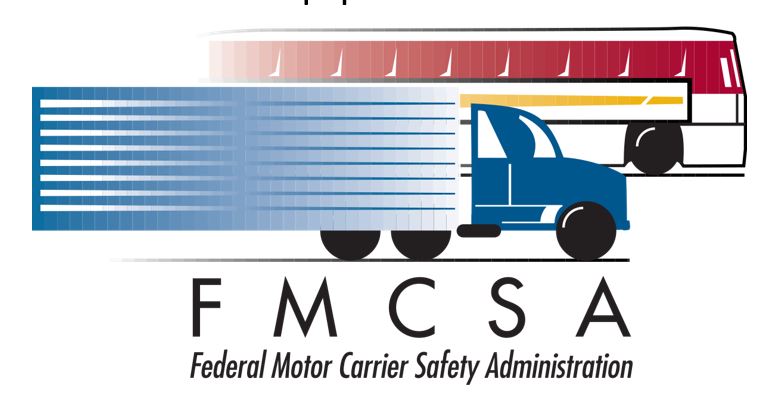American and Canadian procedures for conducting Commercial Vehicle Safety Alliance based audits is relatively uniform. In most instances, a check or compliance review will be triggered by a high CSA score. CSA score otherwise noted as a safety rating score is the primary monitoring variable used by DOT auditors when assessing a trucking company’s carrier profile.
What is the reason behind the audit?
The first step in learning how to prepare for a dot audit is to understand the underlying cause. If the reason for the review is a high CSA profile score, then things may be more severe than in the event you were selected at random.
Compiling paperwork
If you have been ensuring that your paperwork is filed in correct order, you should not have much difficulty in compiling it together to show the auditor. There are numerous types of paperwork the DOT auditor will request you show. These include the following:
- Commercial driving records for all drivers
- HAZMAT or transportation of dangerous goods training certificates
- Violation tickets for each driver
- Accident reports for each driver
- Bills of lading and invoices
- Log books for electronic logs for the previous 6 months
- Supporting documentation to prove the logbooks are valid including fuel receipts, payroll records, and dispatch trip sheets.
- Vehicle inspection reports
- DVIR reports created by the driver for each day the vehicle was operated within the last 6 months
- Proof of repairs for any issues pertaining to an out-of-service order
- Copy of a trucking company safety plan
- Disciplinary letters for cases such as logbook or speeding violations.
- Certificate of insurance
Bills of Lading and invoices can be requested for many reasons. For example, in the event of a HAZMAT load, a bill of lading acts as supporting documentation in addition to the driver’s logbook and training certificate.
CDL Driver Random Drug & Alcohol Testing Program
 In the United States, all interstate truck drivers are required to belong to a drug consortium for random drug testing. They are also expected to submit a drug test before employment. Ensuring you have records for random and pre-employment drug testing for each of your truck drivers is very important. Its useful to organize all this information into a computer-based trucking dispatch software so that it is easy to show the auditor. You can store scanned versions of the documents on the software program but also keep the original papers in a filing cabinet or folder. In the event of an accident, you are responsible for showing that the driver of the truck was tested for drug and alcohol use within the required time-frame.
In the United States, all interstate truck drivers are required to belong to a drug consortium for random drug testing. They are also expected to submit a drug test before employment. Ensuring you have records for random and pre-employment drug testing for each of your truck drivers is very important. Its useful to organize all this information into a computer-based trucking dispatch software so that it is easy to show the auditor. You can store scanned versions of the documents on the software program but also keep the original papers in a filing cabinet or folder. In the event of an accident, you are responsible for showing that the driver of the truck was tested for drug and alcohol use within the required time-frame.
Insurance
Make sure you have all the required insurance documentation ready to show the DOT auditor. This includes your certificate of insurance for general commercial liability, automotive liability, and motor truck cargo coverage.
Driver Files
For each driver that was employed by your trucking firm within the last three years, you must retain a driver qualification file. The driver file should include a filled-out application form, commercial driver’s abstract, medical examiner certificate, copy of driver’s license, road test results, insurance claims history, and drug test results.
A separate file needs to be kept retaining driver’s daily logs for the past six months. If there are numerous violations present on a driver’s daily record, there must be accoupling disciplinary letters for each occurrence. There must be an accountability program to deal with drivers found in non-compliance. For example, a warning letter for the first occurrence, time-off for the second occurrence, and termination for the third occurrence.
During the Audit
The audit can take place at the local DOT office or the carrier’s place of business. There is no need to offer information any more than is necessary. Volunteering information is not required, only information that which the auditor requests should be provided. There are three ratings for how safety fitness will be determined post audit. They are satisfactory, conditional, and unsatisfactory. A conditional determination can lead to fines and unsatisfactory can lead to a revocation of your operating authority. In cases, the audit results are unfavorable to you; there may be a corrective action plan required to be implemented for your company to stay operational.
Conclusion
Keep these five pillars in mind when preparing for a DOT audit
- Maintain good business record keeping.
- Have good truck driver hiring, work, and discipline policies.
- Show proof of consistent hours of service monitoring and corrective actions taken in the event of logbook violations.
- Maintain good vehicle maintenance record including the DVIR, semi-annual inspection, and a preventative maintenance program.
- Establish a carrier safety practices plan.
Remember the DOT auditor’s primary task is to ensure that you understand your trucking company safety record keeping obligations and to ensure you are following these obligations specific to your trucking operation as it pertains to drivers, vehicle maintenance, safety practices, and hours of service.



